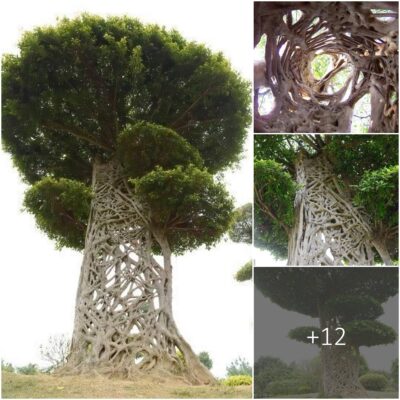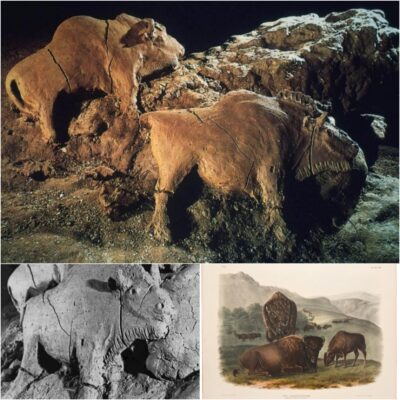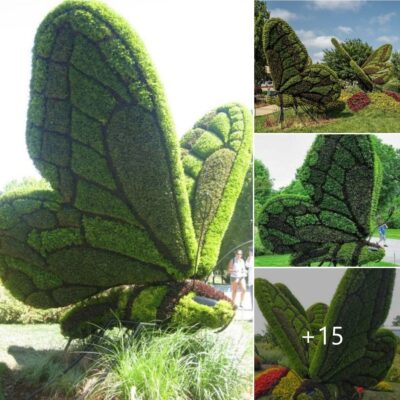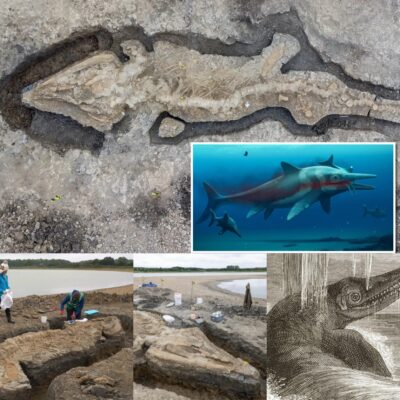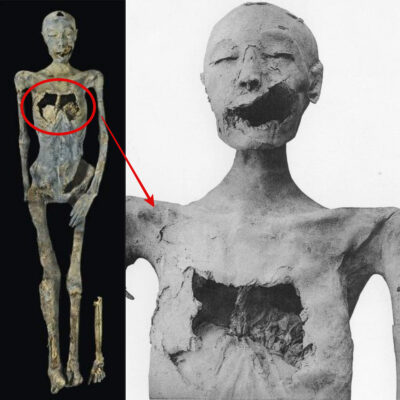The Greek Island of Ikaria in the Aegean Sea is home to numerous camouflaged houses built under giant rocks to make them harder to spot by pirates.
Nowadays, Ikaria is a popular tourist destination famous for its sandy beaches, picturesque villages and pristine natural landscape. But it wasn’t always the slice of paradise it is today. Hundreds of years ago, Ikaria was a prime target for the pirates who called the Aegean their home, so to protect themselves from their raids, the locals started building ‘anti-pirate’ homes deep into the mountains, to make their island look uninhabited from the sea. At one point, the entire population of Ikaria concealed itself in rock houses that didn’t attract attention unless you literally walked past them.

Historical records show that piracy plagued Ikaria and other islands of the Aegean since the 1st Century BC, but things only got worse with the passing of time. Raids of the island occurred both under Roman and Byzantine rule, and in the 14th century, after the island became a part of the Republic of Genoa, piracy got so bad that the locals destroyed their own ports to deter incursions. But that wasn’t enough.

It was only after Ikaria was incorporated into the Ottoman Empire that the people of Ikaria decided to take desperate measures. The lax rule of the ottomans only encouraged pirates to attack and raid islands like Ikaria, and locals didn’t have many options to deal with the situation. They could either stand their ground and probably die, or leave their ancestral home and move somewhere safer. They chose the third option…

With no real hope of successfully resisting pirate invaders, the people of Ikaria abandoned their homes on the coast of the island and migrated inward, into the mountains, making it seem like they had abandoned the island entirely. Many moved in modest, stone-built homes that lacked the comfort of their village houses, but offered perfect camouflage.

Known as “anti-pirate houses”, these dwellings incorporated natural features of the island’s mountainous landscape, such as boulders, rocks, cliff overhangs and thickets, thus making them harder to spot from long distances.

“It was a total reversal of the sort of structure most people associate with Greece,” local Eleni Mazari told the BBC. “The age of grand temples was over. Ikarians were building homes designed to be seen by no-one, and to do it they had to go high up into the wilderness where they could not be observed from sea.”

Ikarians would continue to build and live in anti-pirate homes for about three decades, a period commonly known as “piratiki epochi” or “the pirate era”. Ghost mountain villages like Lagkada still feature stone dwellings from that time, many of which are as hard to spot today as they were back then.

To avoid attracting attention, houses would generally have just one level, lower than the boulder or cliff camouflaging it and they would have no chimney, to prevent columns of smoke. Locals would mostly interact at night and avoid using fire or any sources of light, and they didn’t even keep dogs, for fear that their barking would attract unwanted guests.



Interestingly, despite the hardships endured by the locals over the centuries, Ikaria is known as Greece’s land of longevity, where one in three people ends up living well into their 90s, and many become centenarians. It’s one of the world’s rare “blue zones”, places where people regularly manage to outlive the rest of us by 10 years or more.
